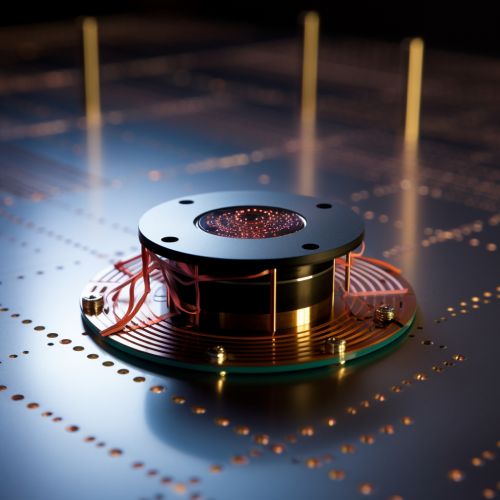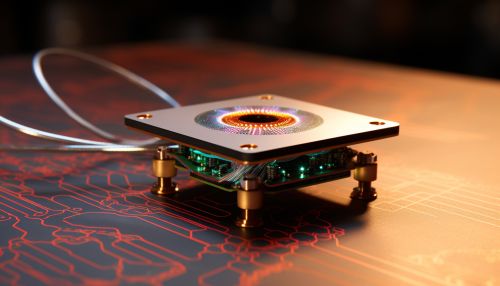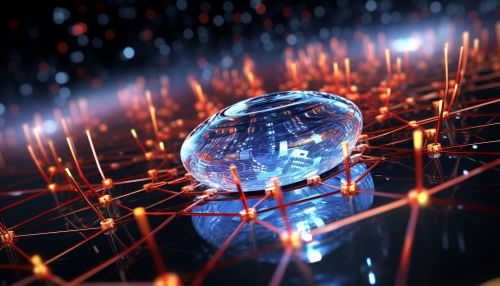The Physics of Quantum Nanotechnology
Introduction
Quantum nanotechnology is a branch of nanotechnology that applies the principles of quantum mechanics to the design and engineering of nanoscale devices. This field is at the intersection of physics, chemistry, and materials science, and it has the potential to revolutionize numerous industries, including computing, medicine, and energy.


Quantum Mechanics and Nanotechnology
Quantum mechanics is a fundamental theory in physics that provides a description of the physical properties of nature at the scale of atoms and subatomic particles. It is the foundation of all quantum physics including quantum chemistry, quantum field theory, quantum technology, and quantum information science.
Nanotechnology, on the other hand, is the manipulation of matter on an atomic, molecular, and supramolecular scale. The earliest, widespread description of nanotechnology referred to the particular technological goal of precisely manipulating atoms and molecules for fabrication of macroscale products, also now referred to as molecular nanotechnology.
When these two fields intersect, we get quantum nanotechnology. This involves the application of quantum mechanics to objects and devices that are of nanometer scale size.


Principles of Quantum Nanotechnology
Quantum nanotechnology is based on several key principles derived from quantum mechanics.
Quantum Superposition
Quantum superposition is a fundamental principle of quantum mechanics that holds that a physical system—such as an electron—can exist in multiple states simultaneously. This principle is at the heart of quantum computing, where quantum bits (or qubits) can exist in a superposition of states, allowing them to perform multiple calculations at once.
Quantum Entanglement
Quantum entanglement is another principle of quantum mechanics that plays a crucial role in quantum nanotechnology. When particles are entangled, the state of one particle is directly related to the state of the other, no matter the distance between them. This principle is used in quantum communication and quantum cryptography.
Quantum Tunneling
Quantum tunneling is a quantum mechanical phenomenon where a particle passes through a potential barrier that it could not ordinarily surmount. This principle is used in the design of quantum dots and scanning tunneling microscopes.


Applications of Quantum Nanotechnology
Quantum nanotechnology has a wide range of potential applications.
Quantum Computing
Quantum computing is one of the most promising applications of quantum nanotechnology. Quantum computers use the principles of quantum mechanics to process information. Unlike classical computers, which use bits as their smallest units of information, quantum computers use quantum bits, or qubits, which can represent both 0 and 1 at the same time thanks to the principle of superposition.
Quantum Cryptography
Quantum cryptography is another application of quantum nanotechnology. It uses the principles of quantum mechanics to secure communication. The most well-known application of quantum cryptography is quantum key distribution (QKD), which uses the principle of quantum entanglement to create secure cryptographic keys.
Quantum Sensing
Quantum sensing is a new field that uses quantum mechanics to improve the fundamental limits of precision measurement. Quantum sensors can measure everything from gravitational waves to biological processes, and they could revolutionize fields such as medicine, navigation, and materials science.


Future of Quantum Nanotechnology
The future of quantum nanotechnology is promising, with many exciting developments on the horizon. As our understanding of quantum mechanics continues to deepen, we can expect to see new applications and technologies that harness the power of quantum phenomena at the nanoscale.


